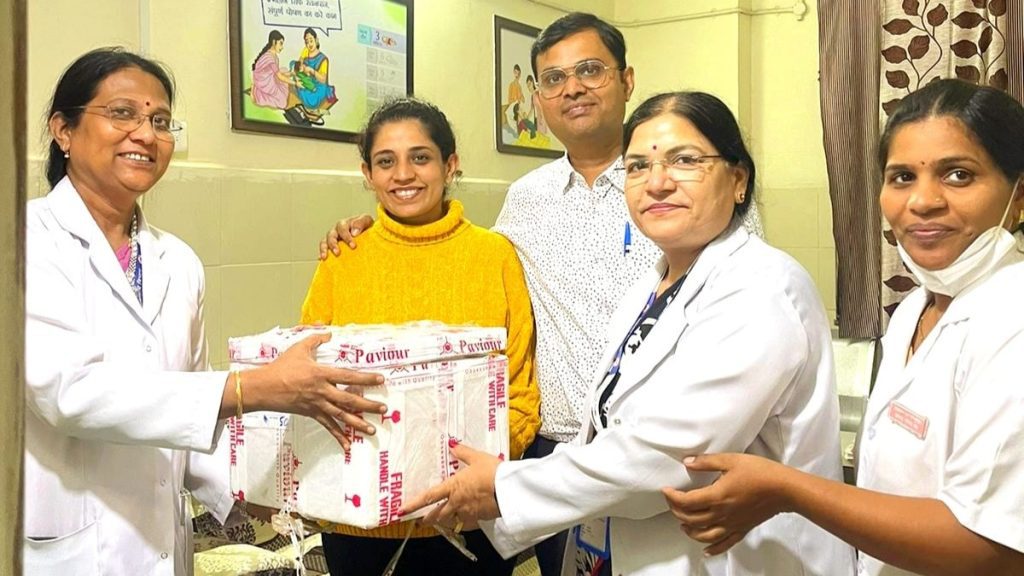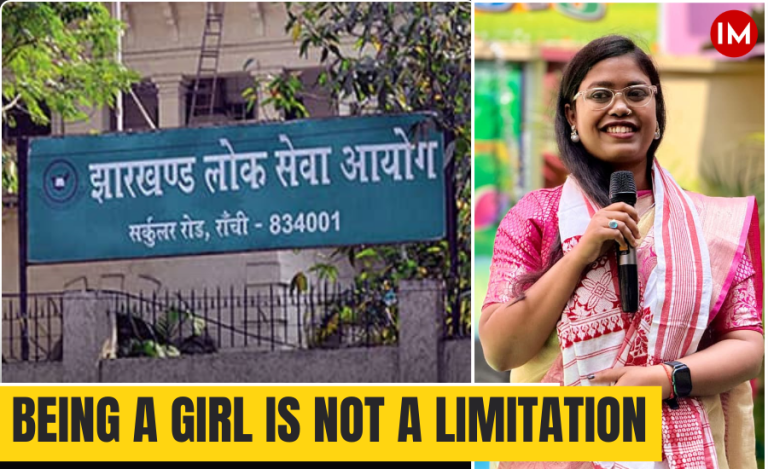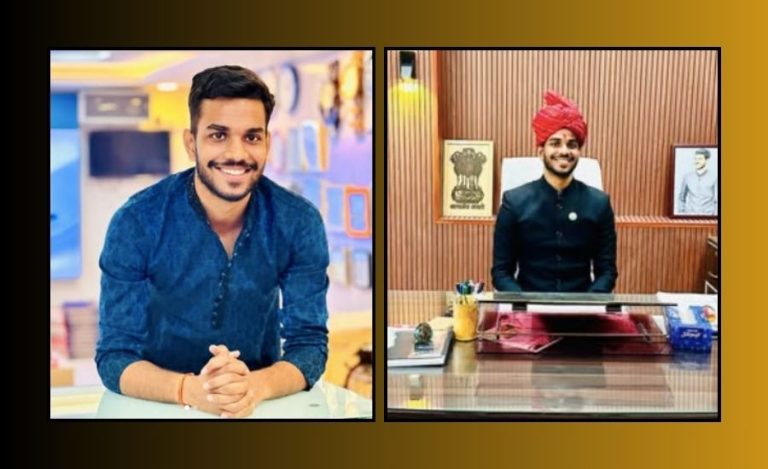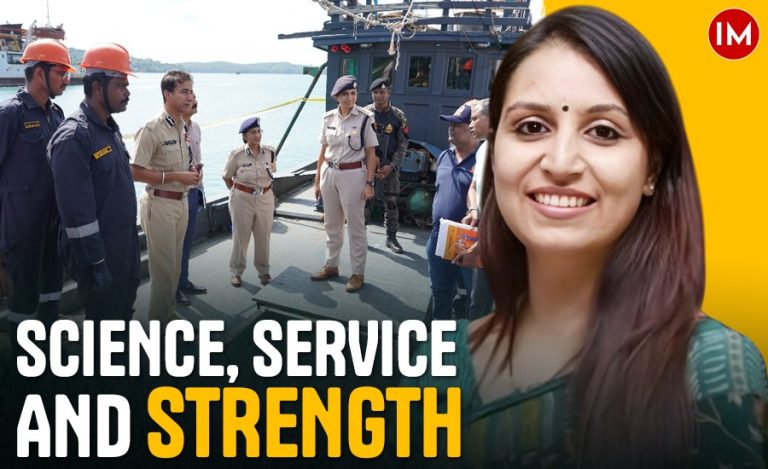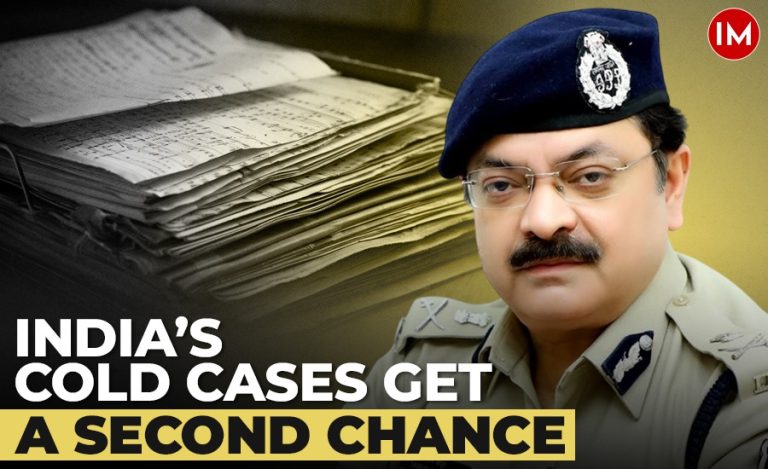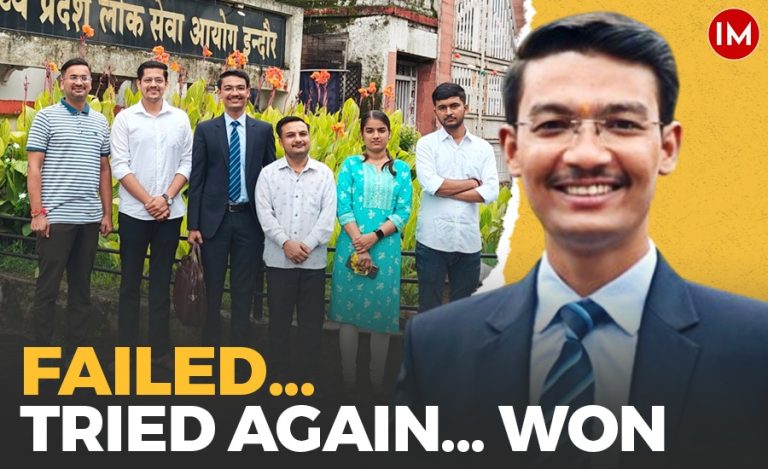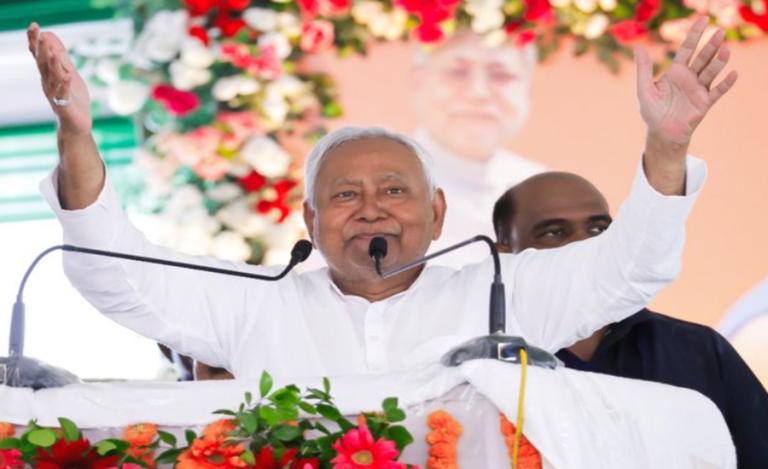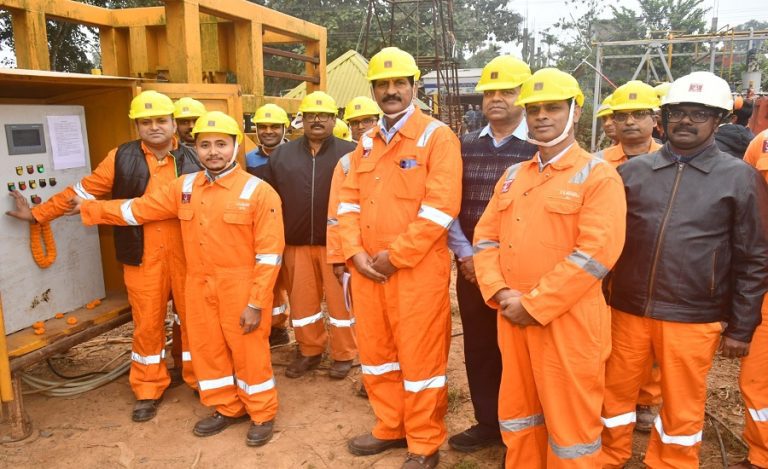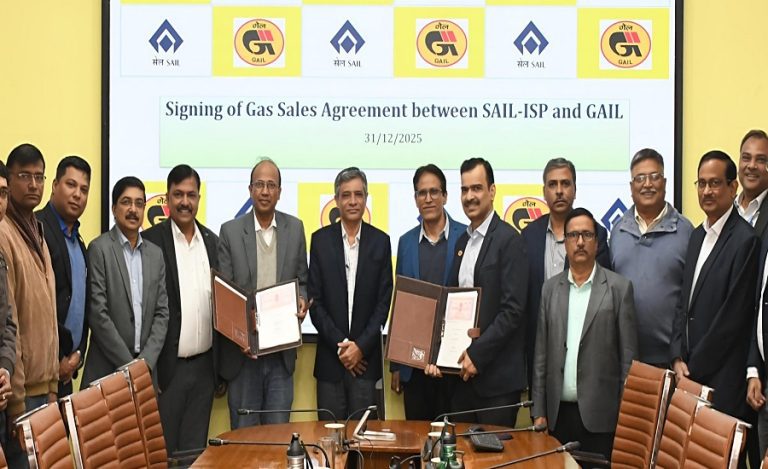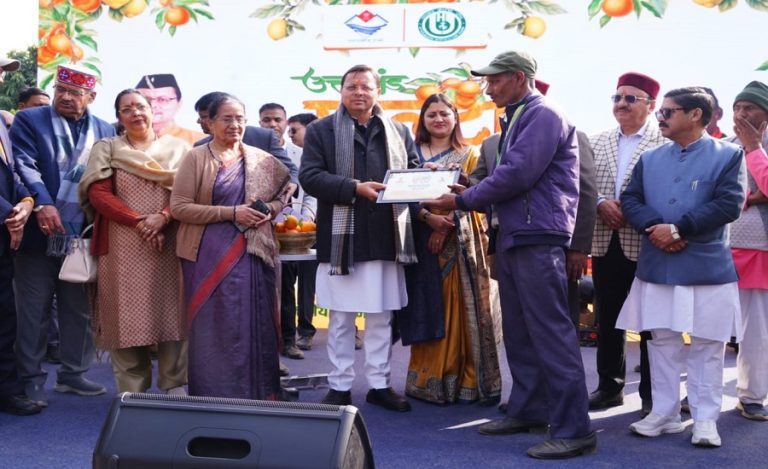Mother of twin boys Sabar and Shukar, IAS officer Mittali Sethi, Director of Vanamati has taken up a noble cause – breast milk donation and she is leading by example.
Dr Sethi shared with Indian Masterminds the story of her taking up the cause. When she came to know about having twins, she wasn’t sure whether she will have enough milk to exclusively breastfeed both of them. That led her to do extensive research during her last trimester. When she started discussing with lactation consultants, she was told that a woman pregnant with twins, has her body automatically adapted to produce enough milk for the twins.
BREAST FEEDING
Dr Sethi wanted to start breastfeeding as early as possible. After the delivery, the children were kept on her chest and then exclusive breastfeeding was done within an hour of the delivery. Many urban hospitals tend to separate the mother and the child after delivery, especially C-Section.
Breastfeeding depends mainly on demand and supply. There are times when it is said that children are not getting enough milk or they are going hungry. In those cases, the child should be re-latched to the breast, so that the milk supply is stimulated, which is the actual way to establish milk supply.
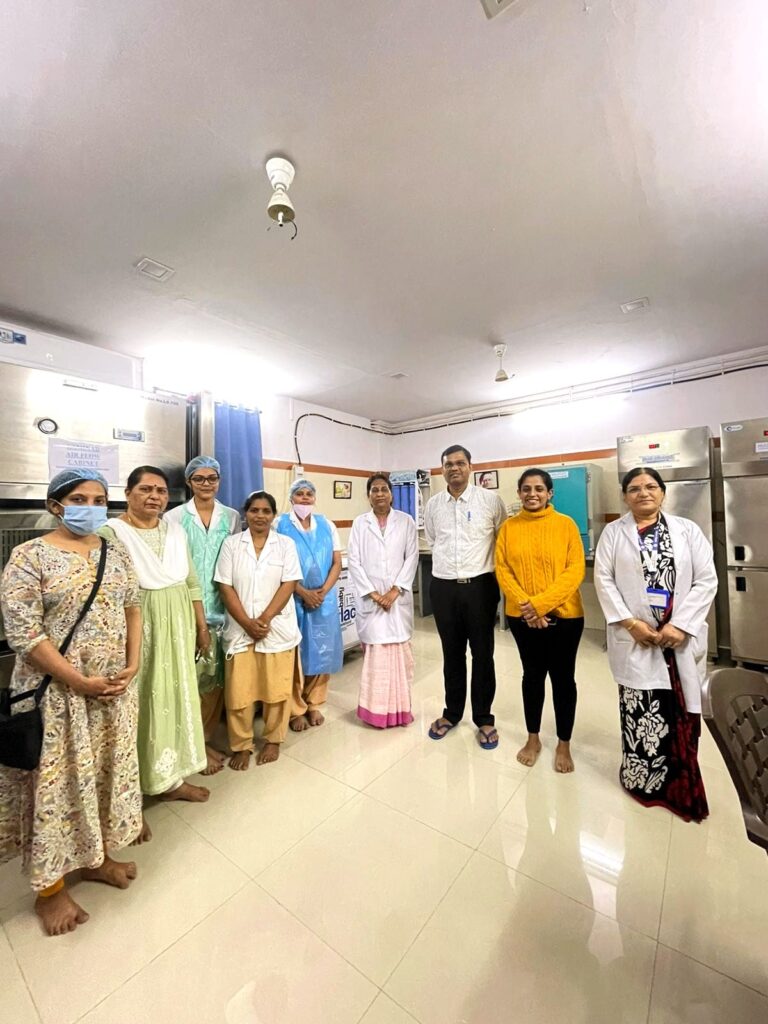
The other important thing is the mother’s nutrition and keeping her away from stress. If the mother is stressed, the release of oxytocin and hormones that produce milk gets reduced which leads to a reduction in supply.
PUMPING AND STORING
Dr Sethi thought of a milk bank when her kids were given formula milk one night in the hospital. “After we came home on the fifth day, I had a pump in my hand and the formula milk boxes were never opened. I have been doing exclusive breastfeeding and my children are going to be 5 months old now,” she added.
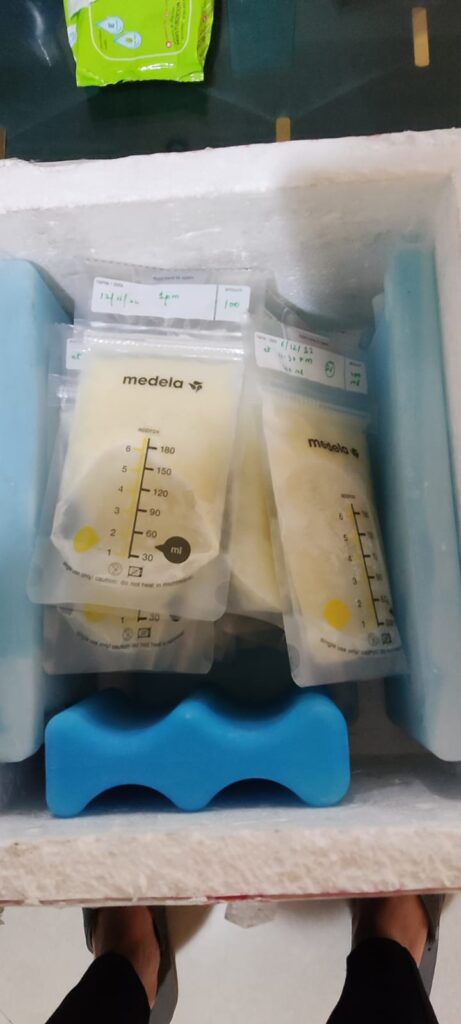
The whole concept of pumping was to remove milk apart from what her children were taking. After joining the office again, Dr Sethi started storing pumped milk for her kids. When her kids completed 100 days, she celebrated it by donating 1L of pumped milk at the Daga Hospital Breast Milk Bank in Nagpur.
“My kids had the formula milk in the hospital. I don’t want other children to have the same experience. Instead of formula milk, donated breast milk should be given. These milk banks are not easily available, but I was very fortunate that in Nagpur a breast milk bank has started recently,” she said.
Her husband helped her with positions and latching. On the other hand, her father used to take a review of what she is eating. “It’s been a very long journey and I feel after UPSC this is the most courageous thing I have done in my life – sustaining both kids exclusively on breastfeeding,” Dr Sethi told Indian Masterminds.
She has donated 1100ml and is planning to donate another 1L this month.
TECHNIQUE & GUIDELINE
Sharing the technique of pumping and storing the breast milk, Dr Sethi informed that the pump has to be sterilized. There are many sterilizers available and boiling water also works most of the time.
Further, pumping works by suction. There are many manual hand pumps available, electric breast pumps, and single and double breast pumps are also available. Mothers can also hand express breastmilk.
The guideline for storage – it can be stored either in a bottle or in BPA free packets. One should label it with the date, time and quantity of milk. The expiry guidelines are 4-6 hours at room temperature, around 3-5 days in the refrigerator and 3-6 months in the freezer.
“We have counselled the mother at the PNC ward that they have plenty of milk and can donate the milk for other babies. We have purchased breast pumps so that they can pump the milk then and there. Accordingly, every week we have 5 litres of milk in the bank,” said Dr Seema Sawai Parvekar, Dean at Daga Hospital.
MESSAGE TO MOTHERS AND MILK BANKS
“Mothers generally can have more milk, so instead of wasting it, it can be donated to a milk bank. A lot of children in the ICU and SNCUs are underweight and sometimes don’t have their mothers with them if mothers have delivery-related complications and for some reasons, aren’t available to provide own milk. Many lives can thus be saved by donating breast milk,” Dr Sethi said.
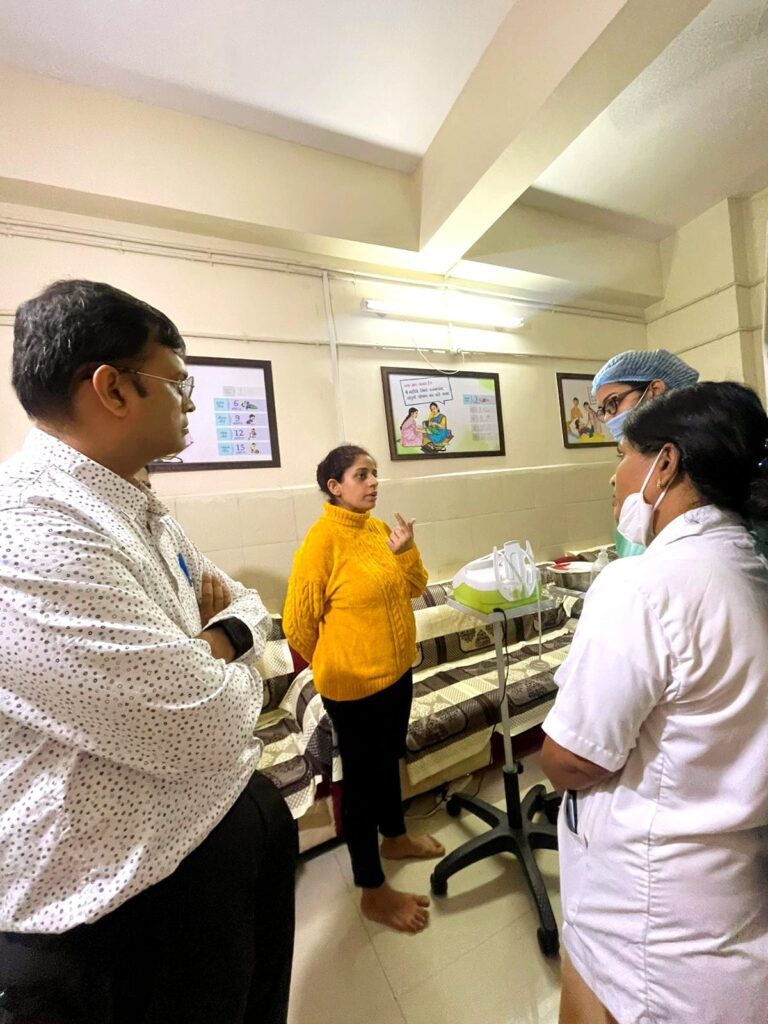
Further, she added that there needs to be more awareness so that more people know about milk banks.
“Every city doesn’t have milk banks and this is still developing. The existing ones should streamline procedures to make it easy for people to donate milk to milk banks,” Dr Sethi concluded.

